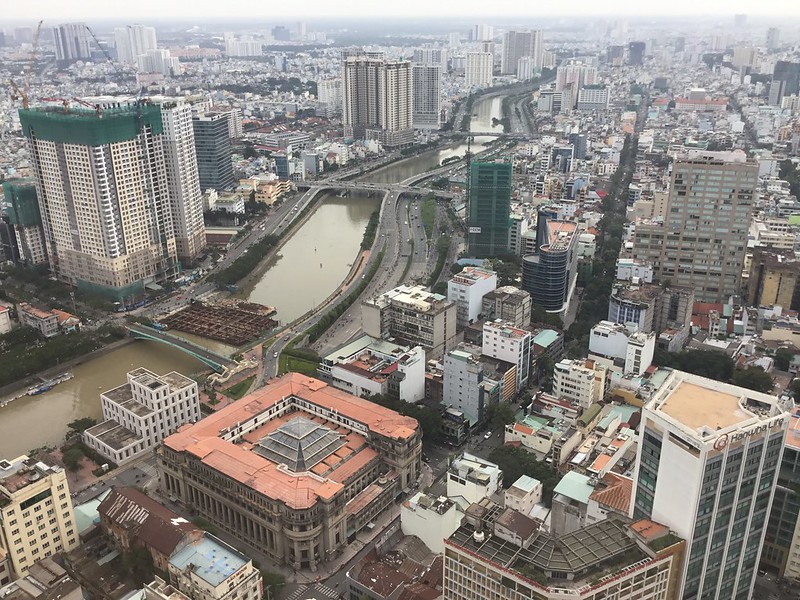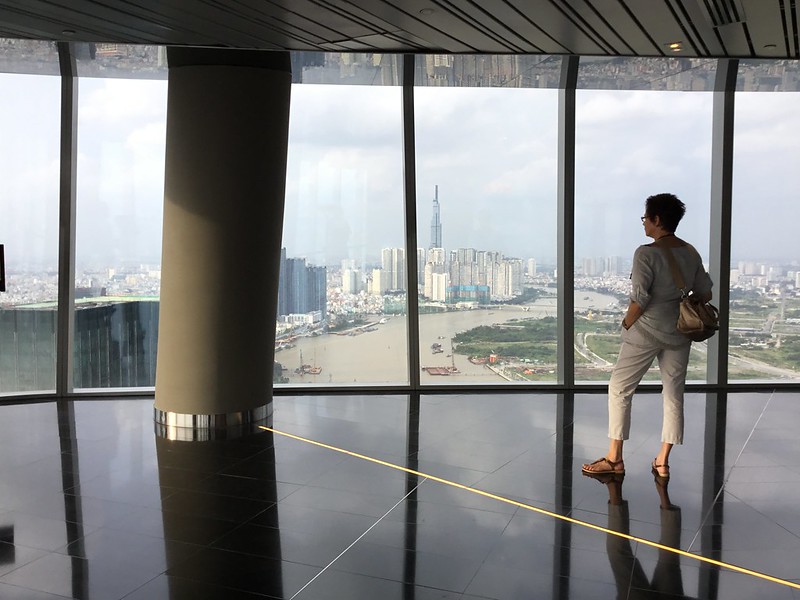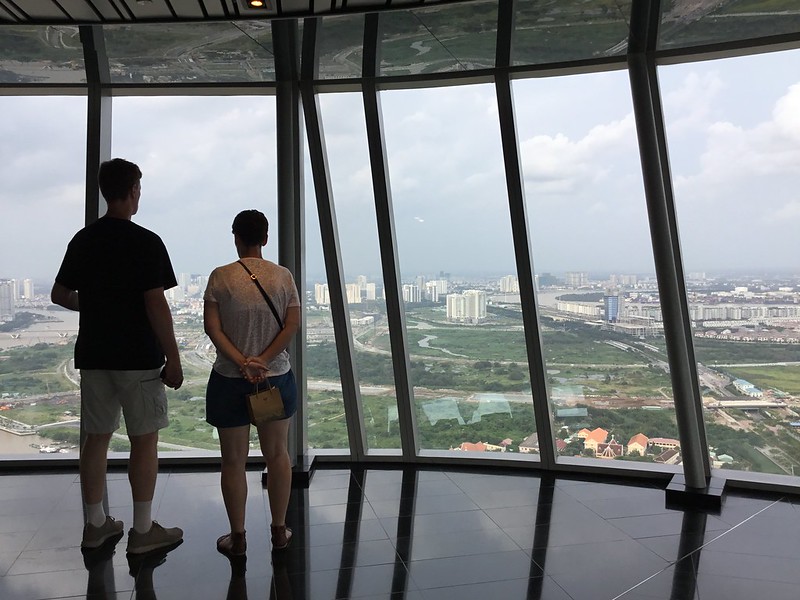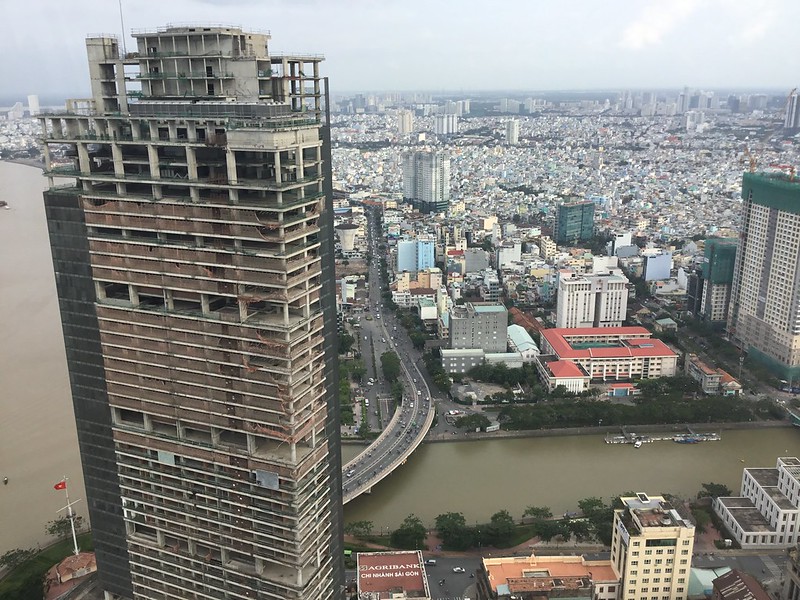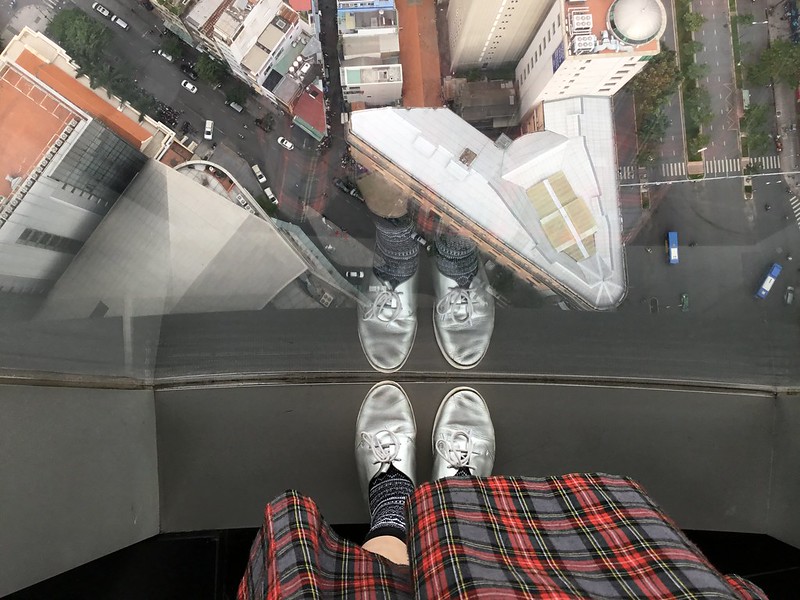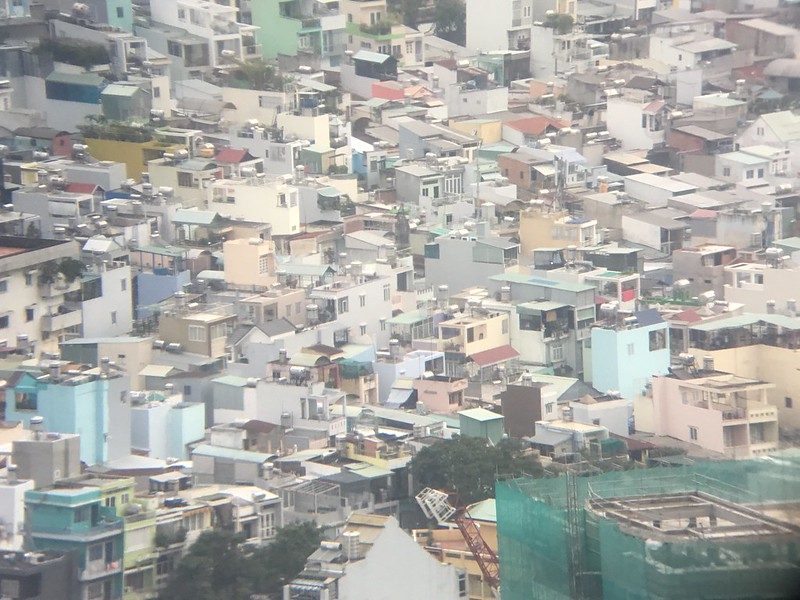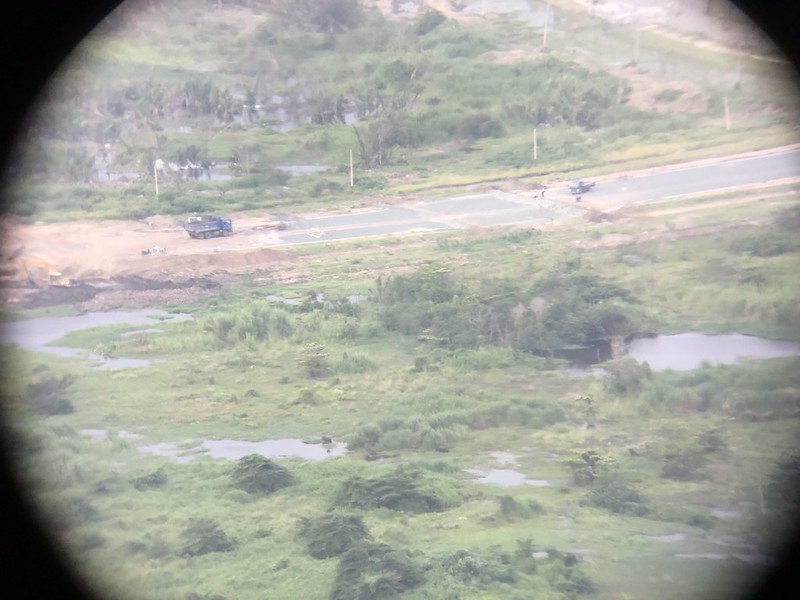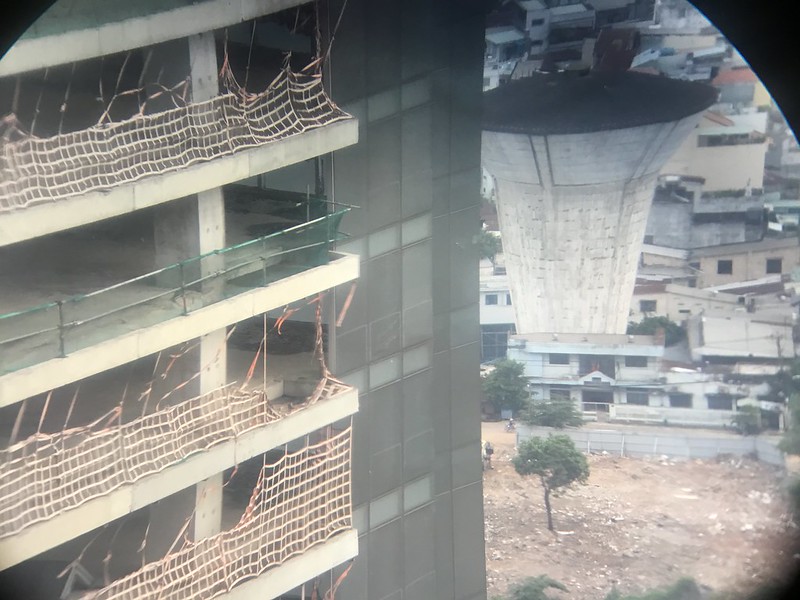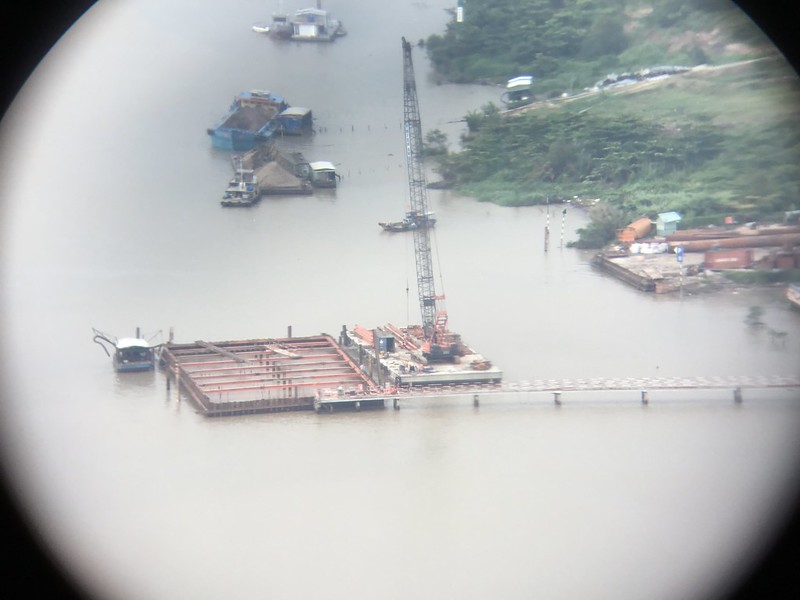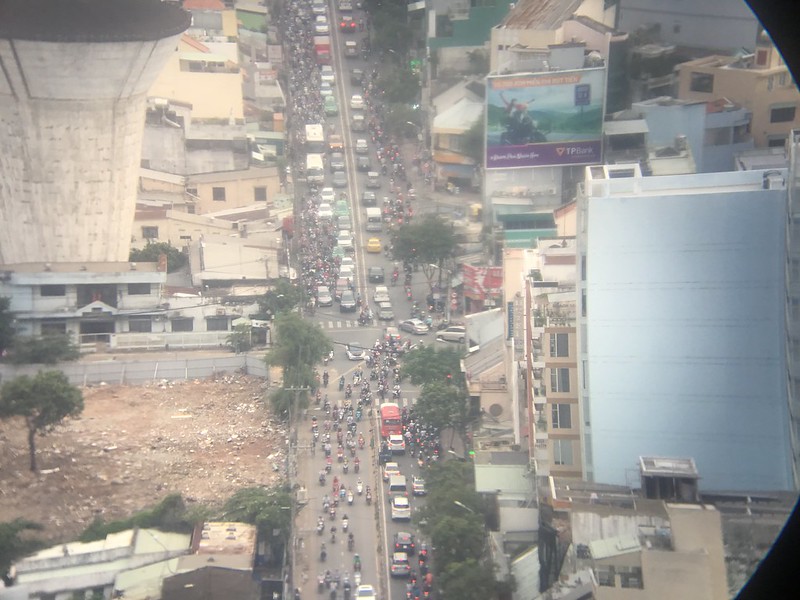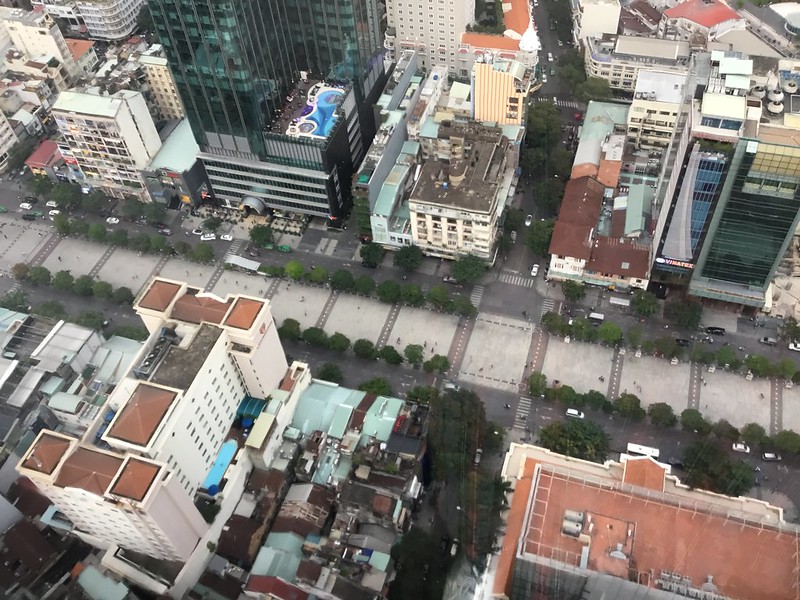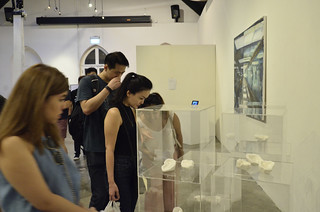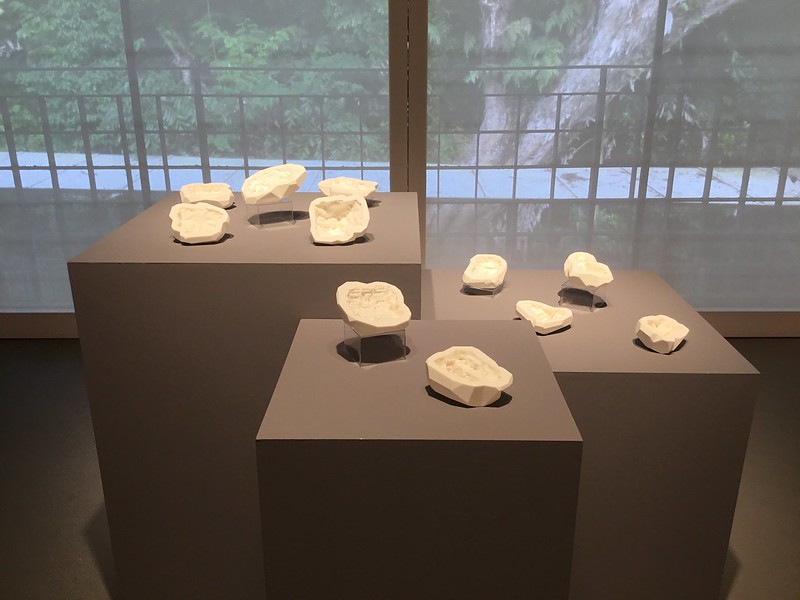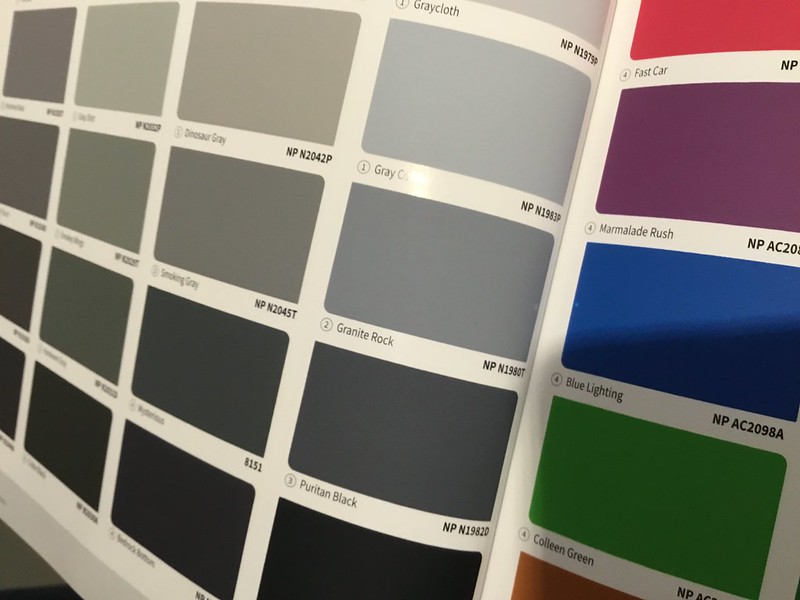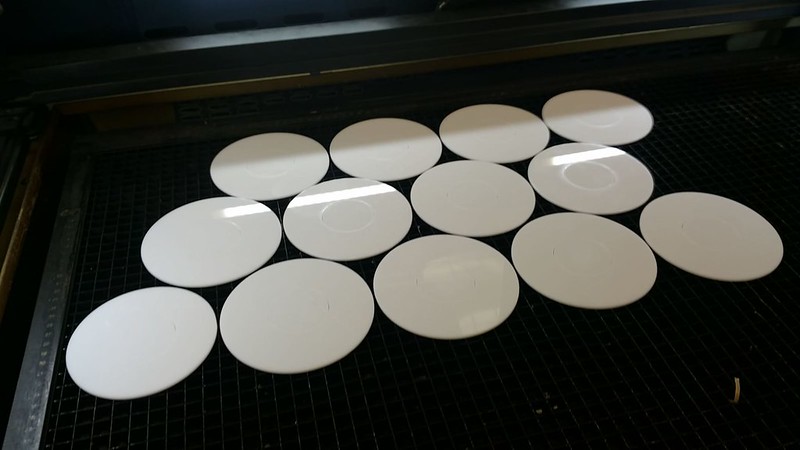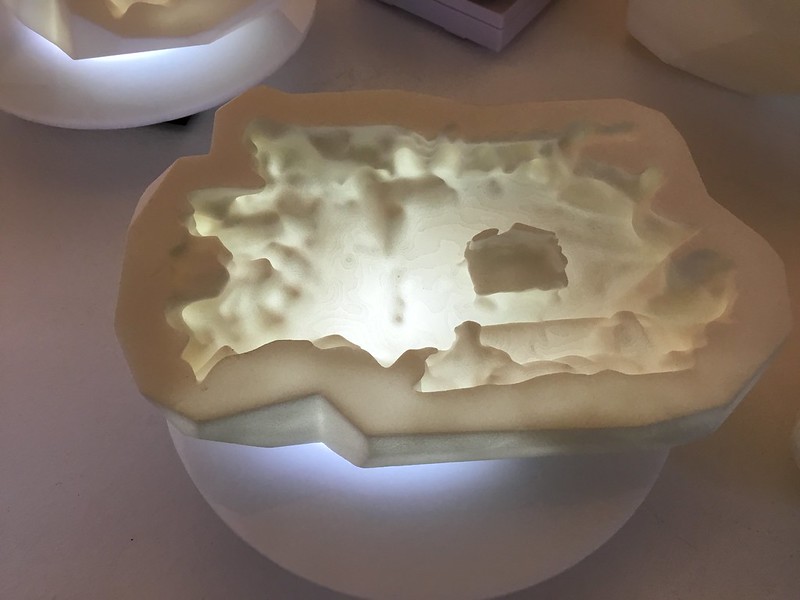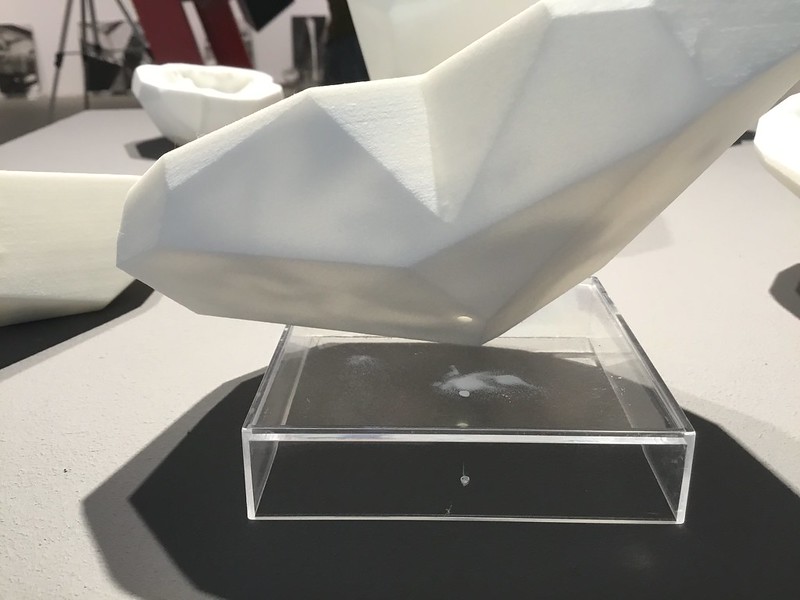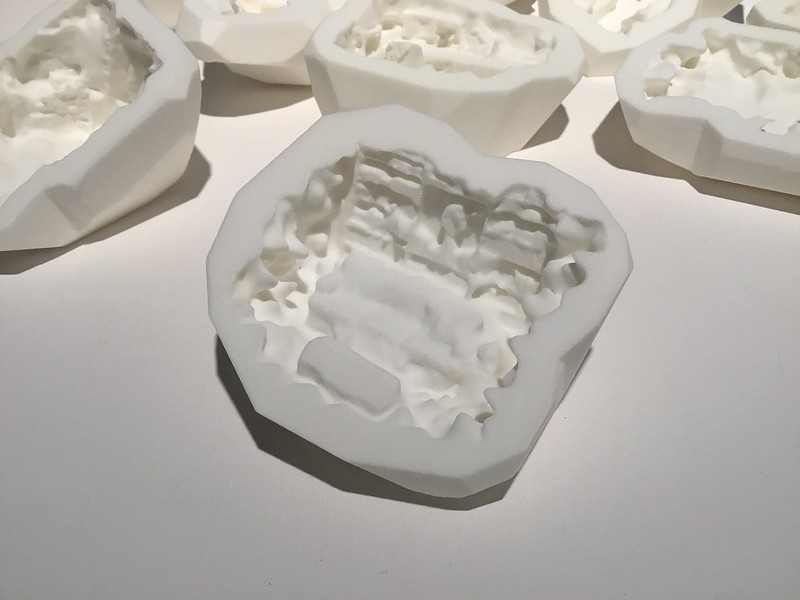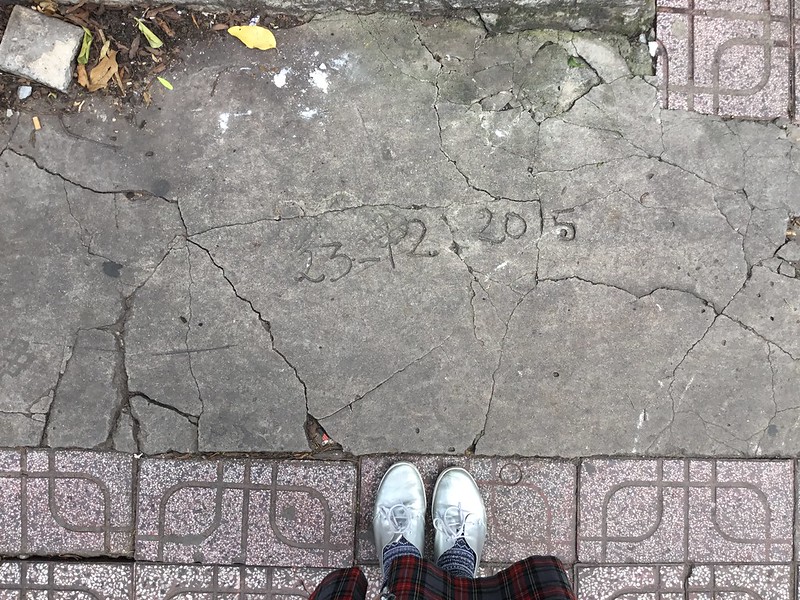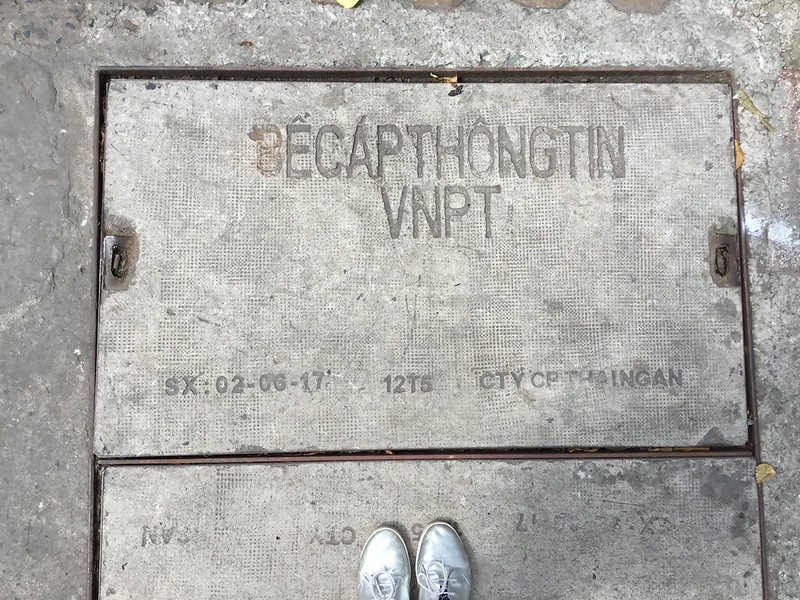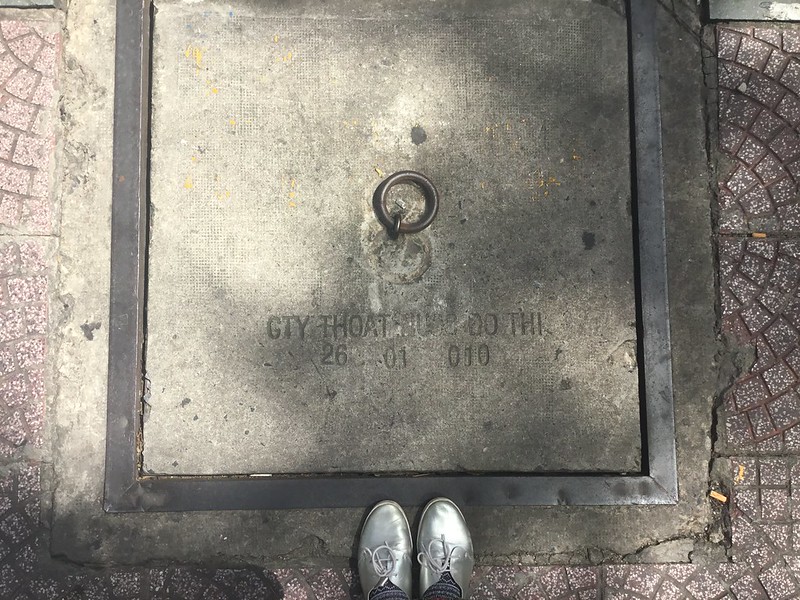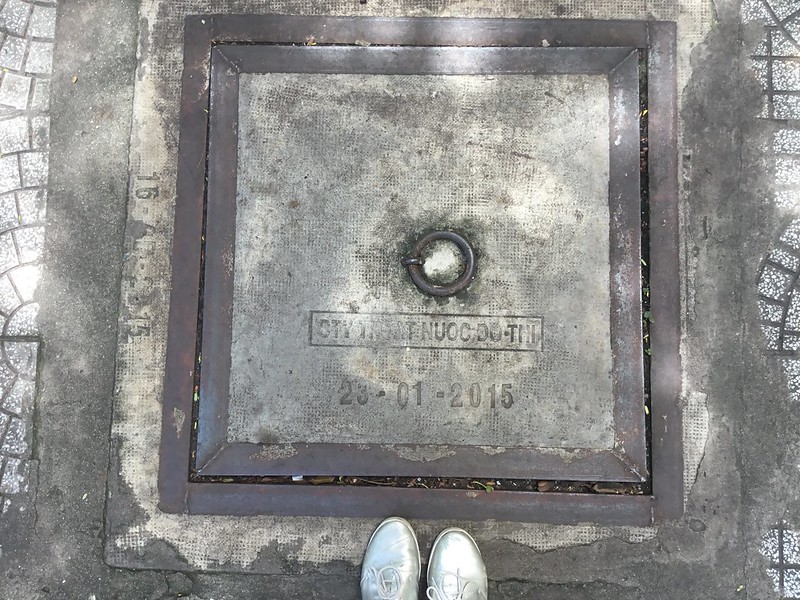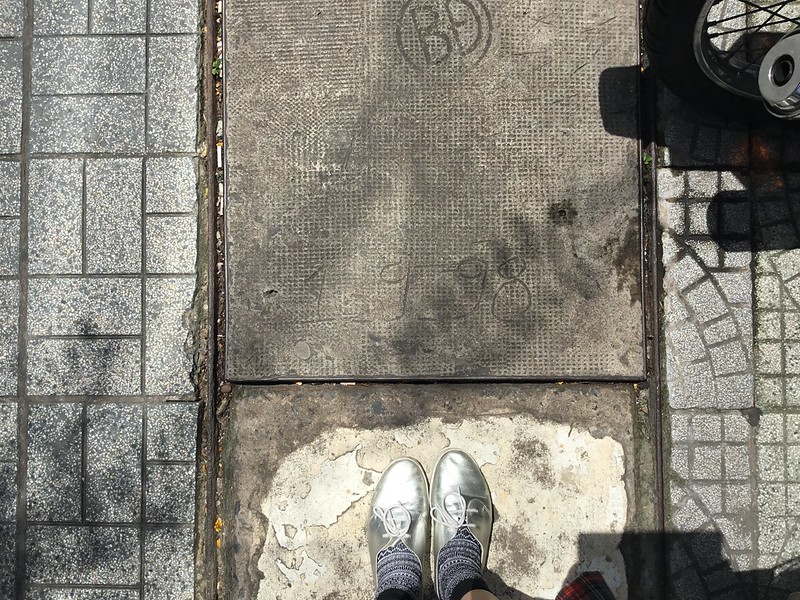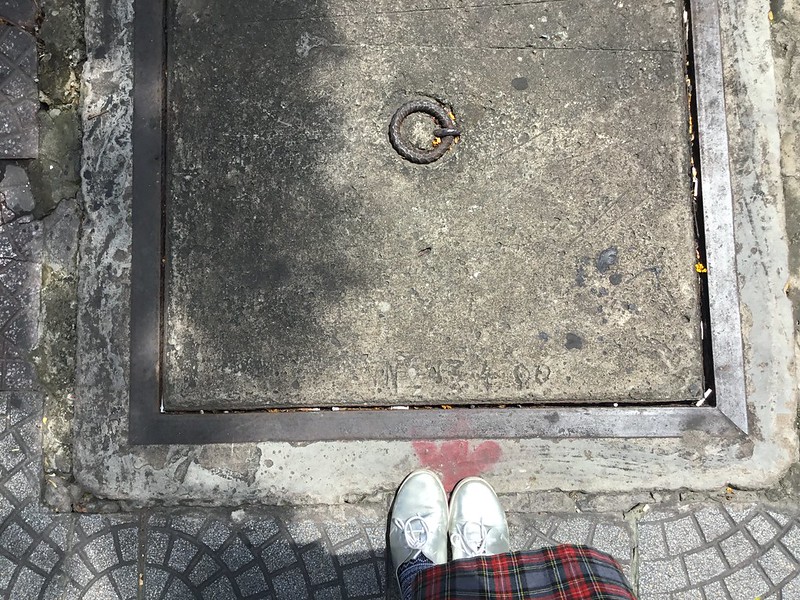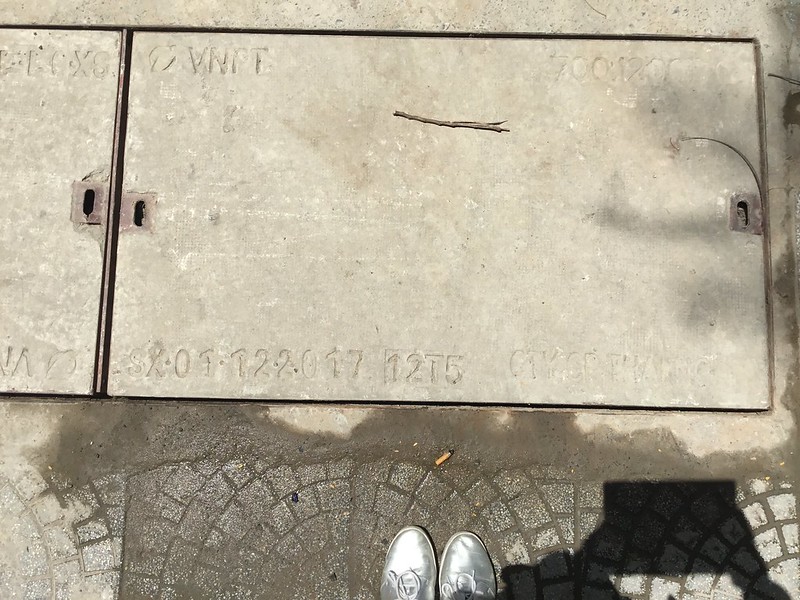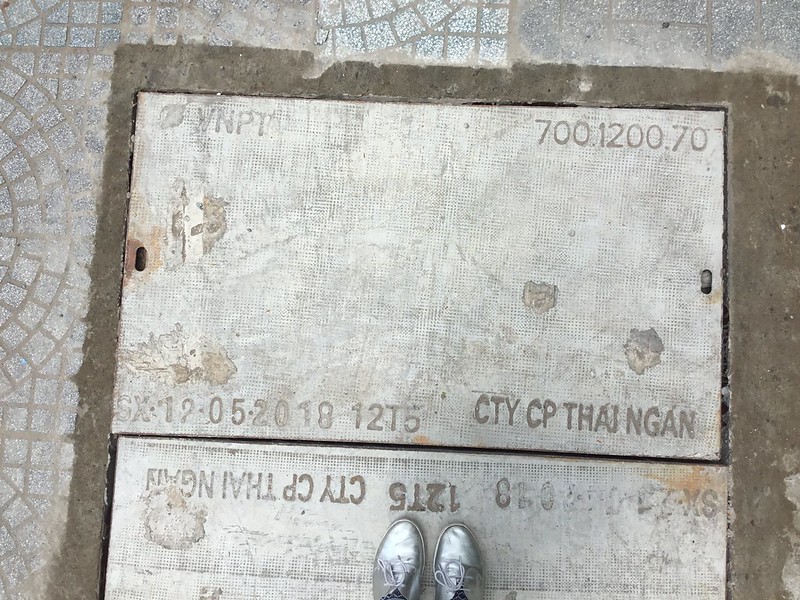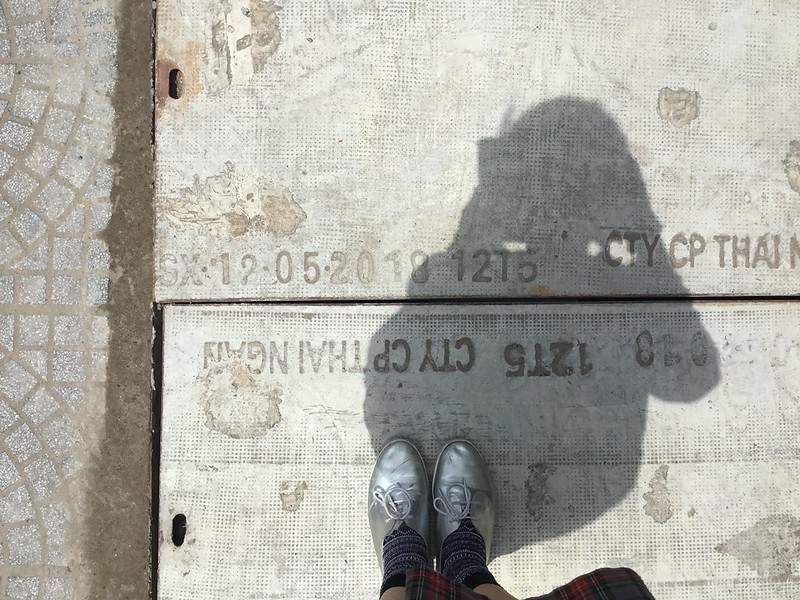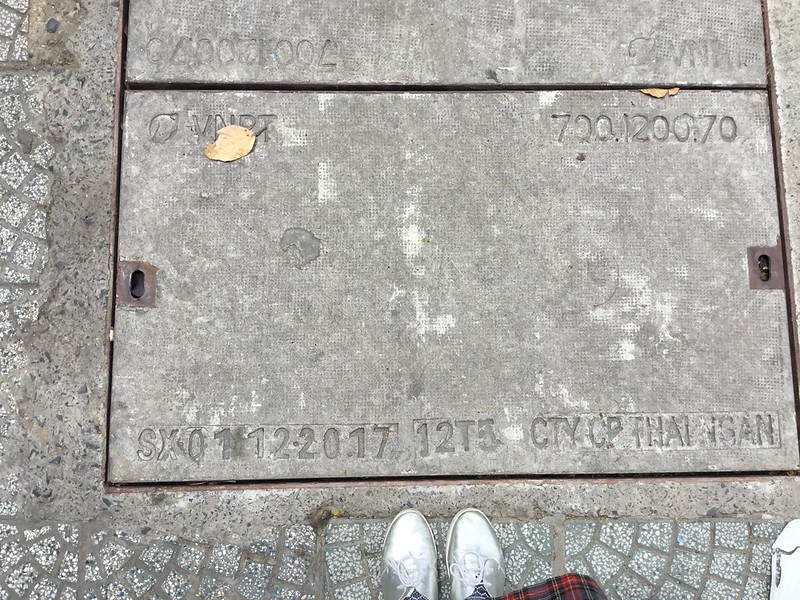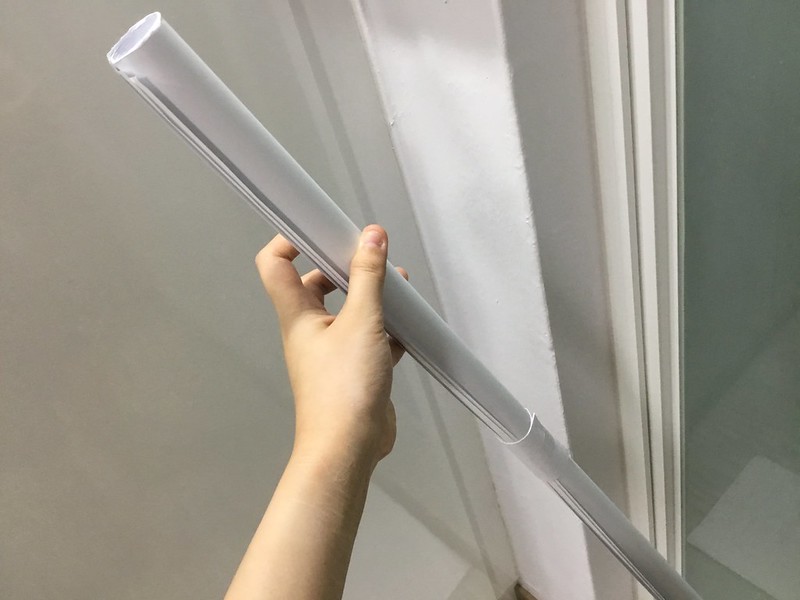
This is going to be a post about Mahjong Paper...
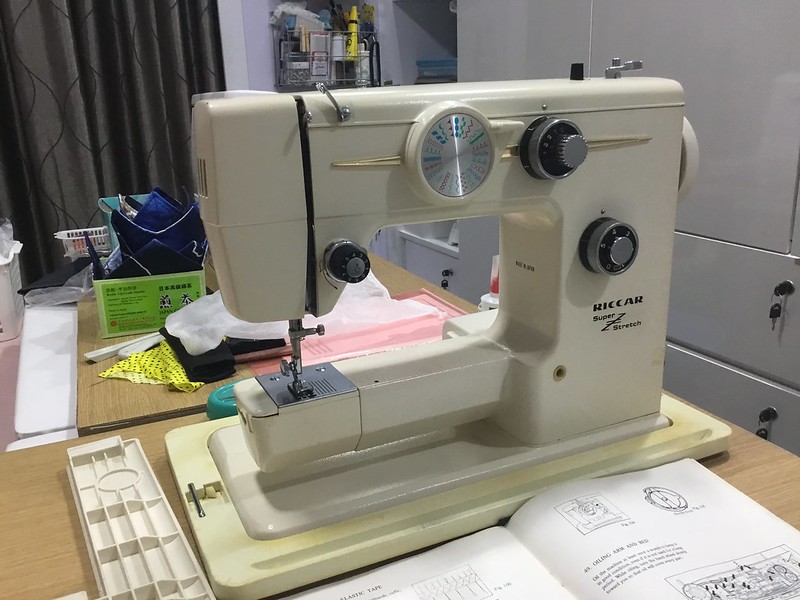
...but where the story actually begins is last weekend, when my mother handed down her old sewing machine to me!
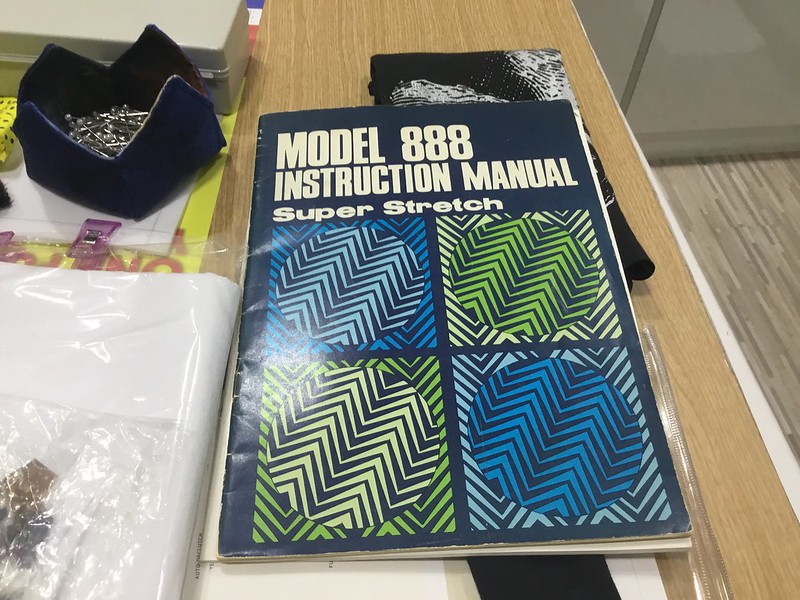
This was the sewing machine that my mother had used to sew everything well before I was born, and on which she had honed her amazing sewing skills to this point where she pretty much can make anything to an extremely precise, professional level. She also makes new strange mashups of things all the time. (Once, I came back home and found that she had sewn my old baybeats shirt into a crescent shaped pillow? And she made me a proper quilt from all the School CCA t-shirts I had worn in the past!) Factory-made clothing and sewn goods have got nothing on my mom's skillz! My Mom's expectations of proper standards of workmanship is so critical and precise that clothing from most 'fast fashion' shops feel like cheap bits of cloth carelessly tacked together in comparison to her workmanship.
My father said it cost a small fortune back in the day. This was years before I was even born, and my parents were very much younger, barely out of school and my father had only just begun working at that point in time so purchasing such an advanced machine at the time took years of instalment payments. But of course it proved to be a great investment towards my mother's incredible skills in sewing. If you know me in real life you will know that just about all the clothing that you see me wearing on an everyday basis was actually sewn by my mother. And all of it looks better and works better than store-bought fast fashion! She puts in huge pockets and even replicates the cuttings which I love the best.

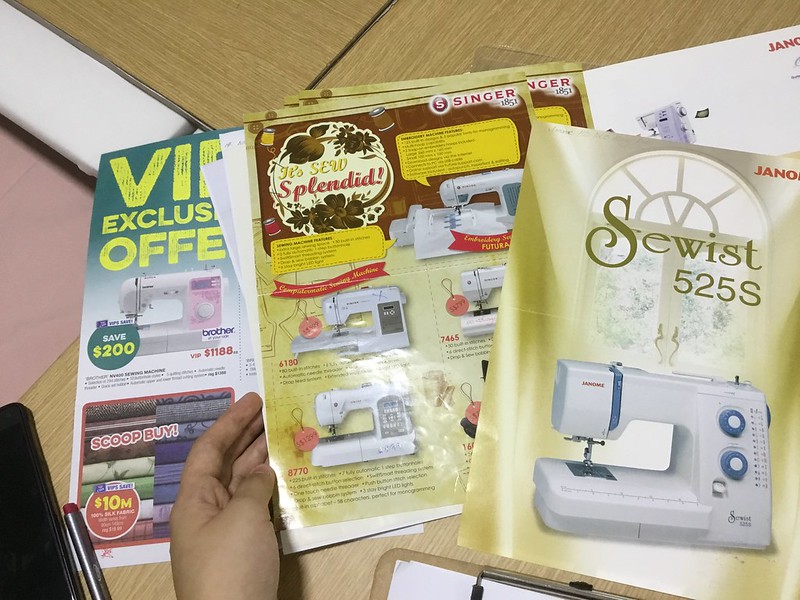
Most people are familiar with other brand names but according to the mother she had done a lot of research on the machines at the time and determined this to be the machine she really wanted. Looking it up it seems that Riccar was at one time the largest sewing machine brand in Japan and peaked in the 70s around the world, but went bankrupt in 1994 so the name is not heard so often today. Now this machine from the 70s is a VINTAGE machine.
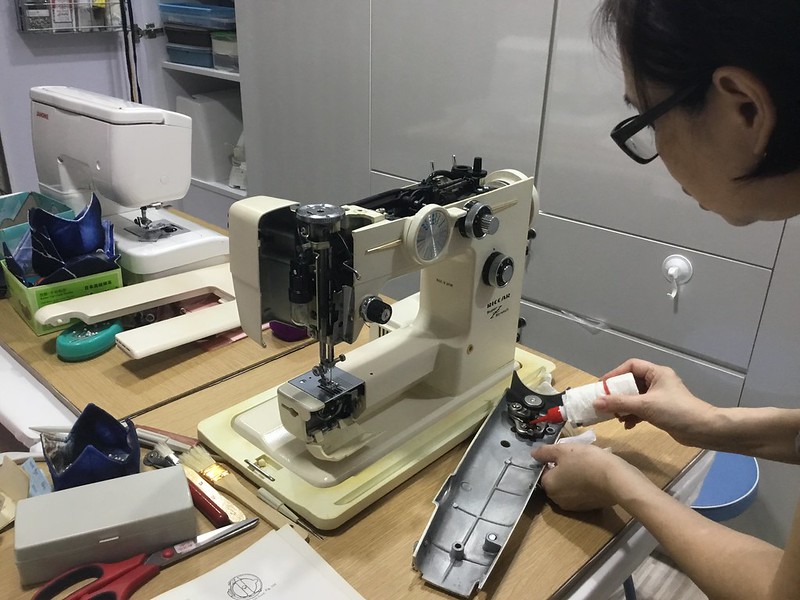
The entire body and all the parts are made of solid metal and it looks like a machine that could last for a lifetime if carefully maintained and oiled every year - unlike the plastic feel of many cheap sewing machines today.
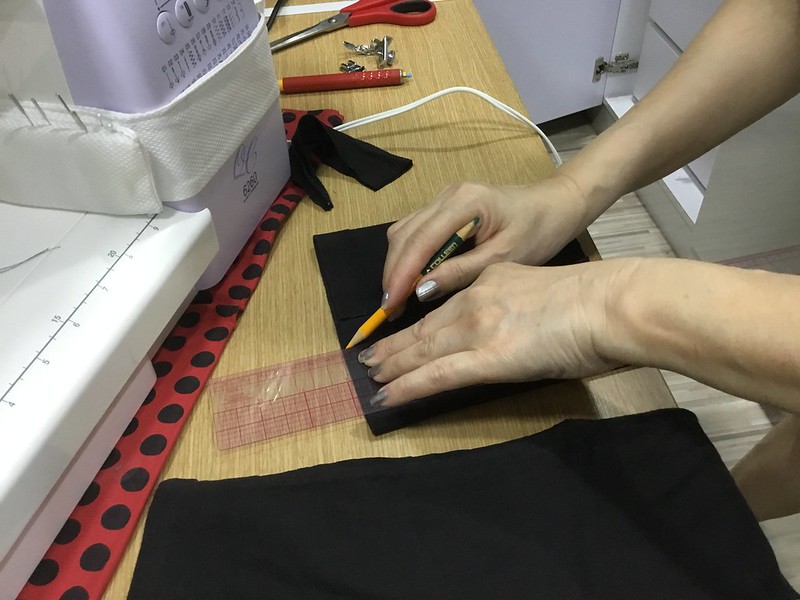
I did a bit of sewing practice with my mother's newer machine (she got a newer one with more button hole stitch functions and fancy stitches) and back at home with the Riccar I also did some sewing practice - but I soon realised I was very far off the mark and I'd need to put in a lot more practice to sew something of professional quality...

But the thing I really wanted to write about is actually this. The mahjong paper.
It has occured to me that readers from outside of Singapore may have never heard this term "mahjong paper" which I had taken for granted was used universally to refer to a large white sheet of paper for art and craft purposes, or for wrapping books to protect their covers when you go to school.
My mother bought a lot of this white paper in rolls so she could cut out patterns for the dresses and clothing she would sew.
I asked my mother if she could give me a few sheets from her extensive collection of papers - but at the same time I wanted to know what size it was.
The Ding Mother: "Its the size of the mahjong table."
DID YOU KNOW THAT MAHJONG PAPER IS THE SIZE OF A MAHJONG TABLE?
The Ding Mother: "The aunty who sold me this must have thought I'm a real big gambler buying them in rolls of 50. Little does she know I am just making clothing..."
A Totally Unrepresentative Poll of the First 10 People I Could Randomly Message on Whatsapp immediately showed that 9/10 Singaporeans I asked did not know that mahjong paper is produced, marketed, and sold named as such because of the superior tile sliding properties that the 'mahjong paper' affords the mahjong tiles!

I think I've carelessly referred to any large white sheet of paper as "mahjong paper" my entire life without knowing why "mahjong" was tacked onto the front of the word "paper" and I suspect this probably applies for many Singaporeans - that the term "mahjong paper" has come to mean "generic white paper" without any knowledge of its connection to mahjong. The 'mahjong paper' is bandied around in schools as it is cheaply used in so many art and craft purposes - and weirdly enough it is used without explaining the origin of its name.

If you google for "Mahjong Paper", you will see that all of the hits are from Singapore or Malaysian websites.
Google Trends states that a majority of searches for the phrase "Mahjong Paper" are from Singapore. (Quite a few of them must be from me)
The phrase "mahjong paper" does not appear in Google ngram searches, meaning that the term "mahjong paper" is not used in any books in the Google Books corpus.
And for all the all important question: What size is mahjong paper?
- Mahjong tables are always square, and around 81/82/86cm (playing surface).
- Most of the mahjong paper is around that size: 86cm x 86cm.
